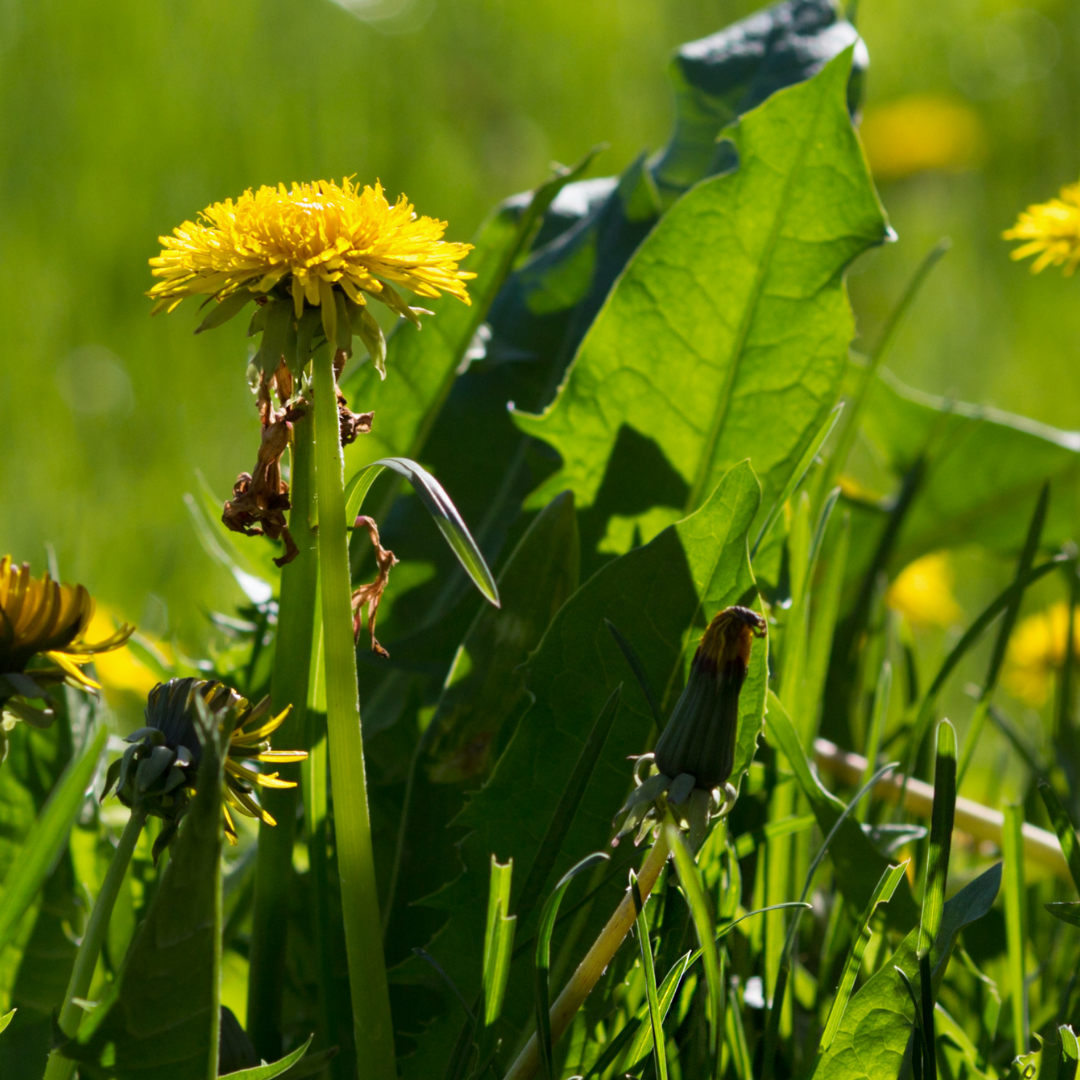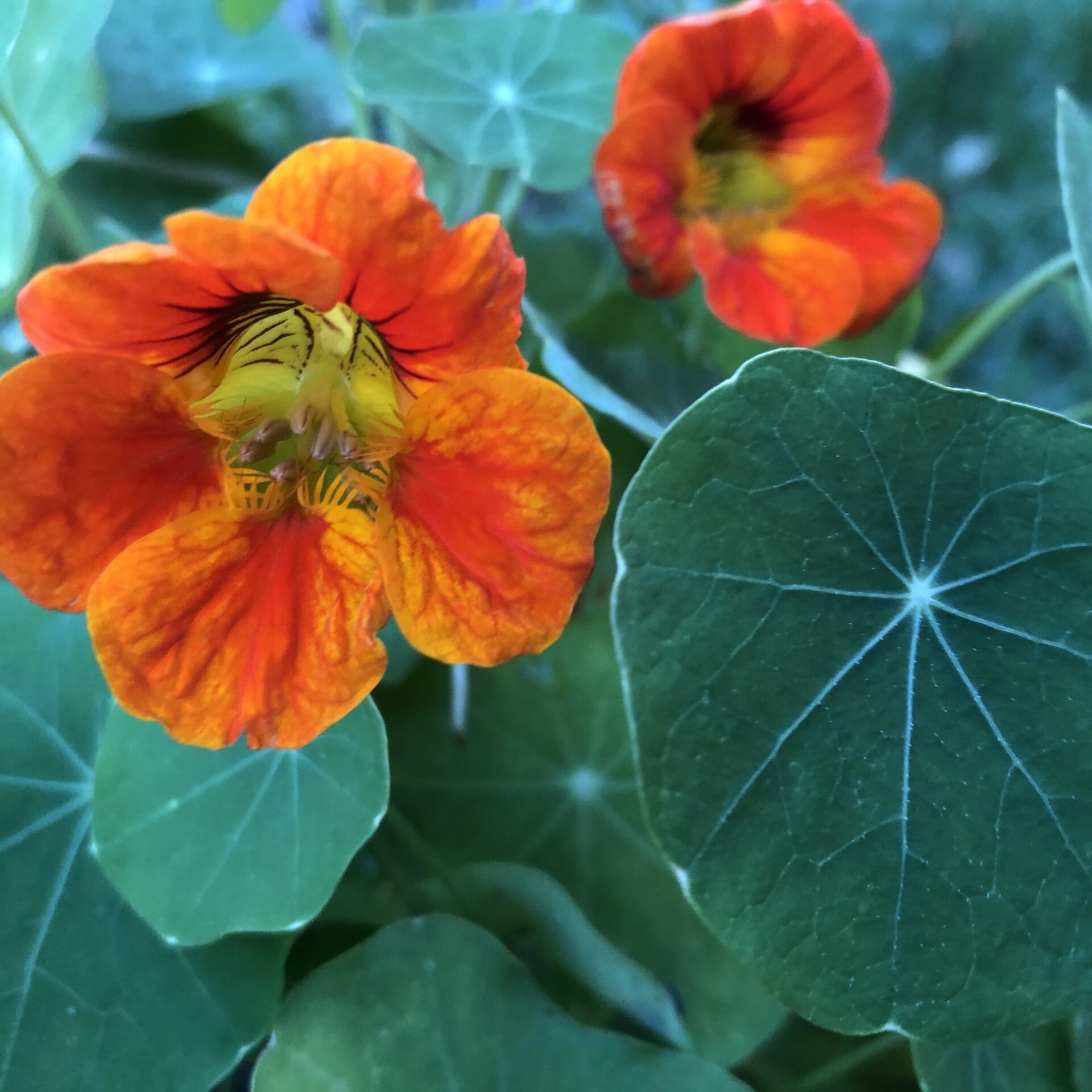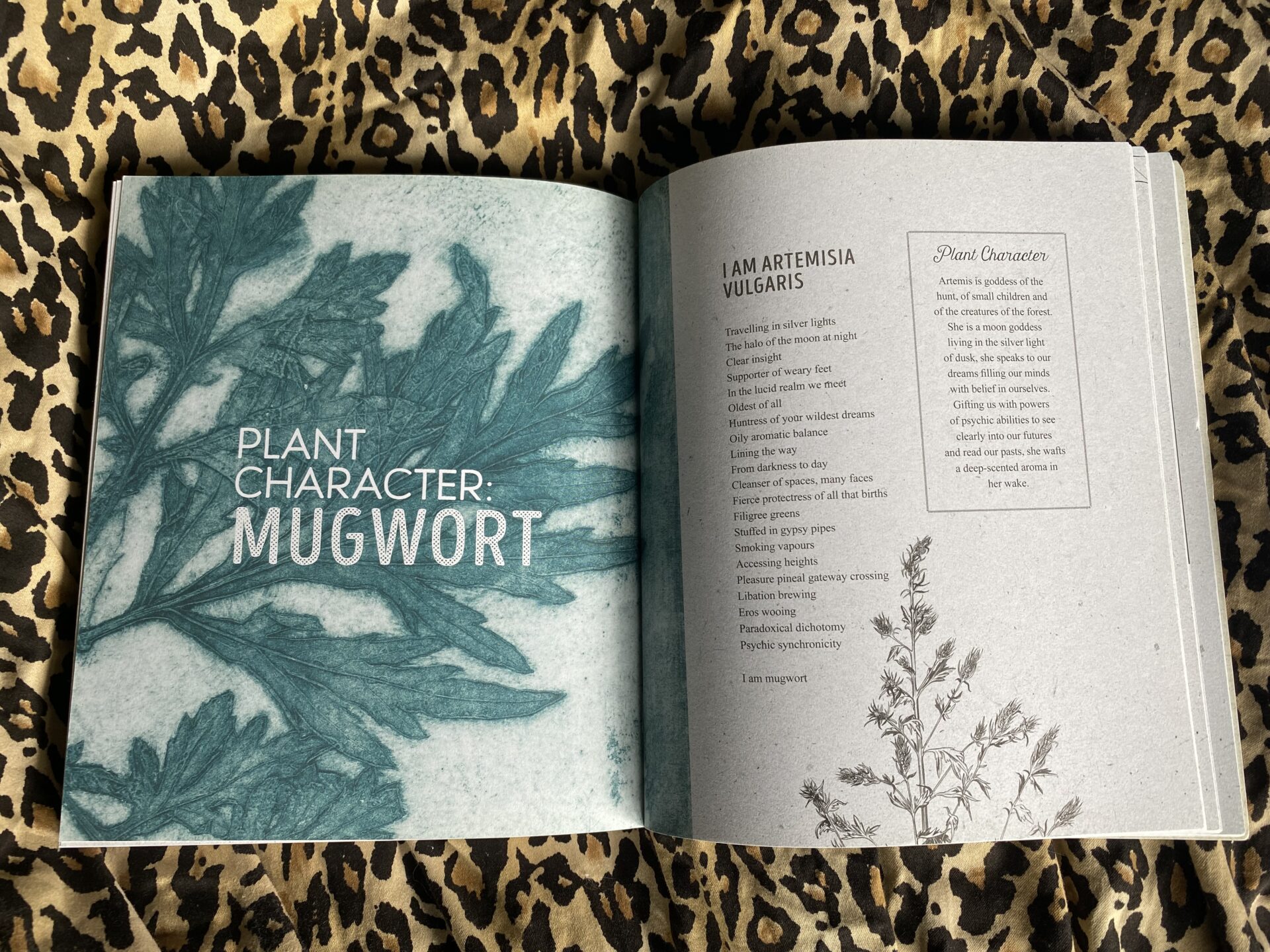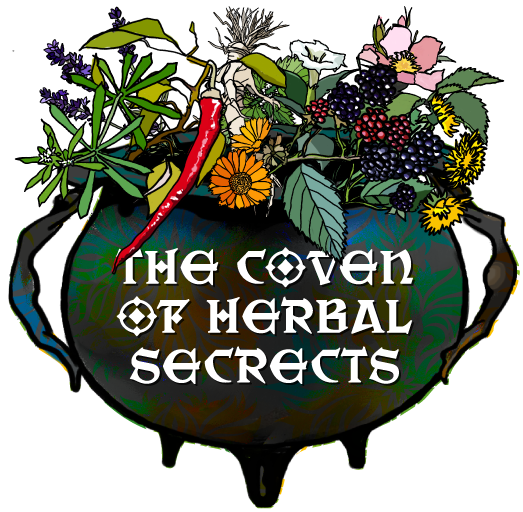
The sunny faces that will never give up! The regal dandelion in all its visual and medicinal glory.
Common names: bitterwort, blow-ball, cankerwort, clockflower, lion’s tooth, piss-in-bed, pissinlit, priest’s crown, puffball, swine’s snout, telltime
Plant family: Asteraceae / daisy Astrological ruler: Jupiter and the Sun
Origin and benefits of Dandelion
The modern Latin or scientific name, Taraxacum officinale, has reference to the plant’s use as a healing herb. The genus name comes from the Greek taraxos—a disorder—and akos—a remedy. The species name, officinale, means it is the official species for use in medicine.
Every part of this healing weed is edible – from the blossoms and leaves right down to the oft forgotten roots. However, it’s these deep roots that contain so many of the plant’s health benefits. They a rich source of vitamins A, B, C and D, as well as minerals such as iron, potassium and zinc. In addition, the bitter substances in these tubers aid in detoxification and liver stimulation.

Medicine
The use of dandelions in the healing arts goes so far back that tracing its history is like trying to catch a dandelion seed as it floats over the grass. For millennia, people have been making tonics and teas from this herb. It’s prescribed for a huge range of ailments – from simple warts to cancer. We use dandelion to shift and support digestion issues but also more poetically to get to the root of an issue.
The taproot of the dandelion grows deep and strong. It sometimes reaches up to 15 feet into the soil, with a tenacious spirit that helps us to keep rooted to the Earth. Dandelion grows globally, helping to detoxify the planet and for people who drink the liver and kidney-cleansing plant.
The Spring harvested roots are higher in taraxacin than the Autumnal/Fall harvested roots. Taraxacin is the bitter substance in dandelions which stimulates bile production and aids liver function.
Herbs grow where they are needed and this one loves to grow around spaces that need rewilding and reconnection with nature. Many people mistakenly believe that they need to irradiate dandelions from gardens and lawns. However, dandelions are actually brilliant for lawns as they fertilize the grass. Their roots loosen hard-packed soil, aerating the ground and helping to reduce erosion. The deep taproot pulls up nutrients such as calcium from deep in the soil and makes them available to other plants.
We love dandelion as an incredible stabilizing force bringing that deep grounded energy of the herb to all situations.

Folklore and Story
In Greek mythology, Theseus ate dandelions for 30 days to fortify himself to fight the Minotaur, a half man-half bull that ate the young adults of Athens.
Dandelions are, quite possibly, one of the most successful plants that exist. These familiar friends are masters of survival. They can take root in places that seem little short of miraculous, with tiny amounts of soil. They are super-fast growers and their blooms’ life cycles from bud to seed can pass in just a few days. But the individual plants can live for many, many, years. Plus, they will regenerate from any part of the sturdy taproot left in the ground after you have dug a harvest.
We see this plant as a perfect illustration of elemental balance. The root represents the Earth and supporting our own internal Earth in our digestive system. Dandelion leaves represent water and, being a diuretic, the plant works directly with the urinary system of our internal water, encouraging flow. The flowers look like the Sun and bring warmth and uplift with the Fire element. The seeds are the Air and connecting into our thoughts and imaginations. Legend says that blowing the seeds off a dandelion is said to carry your thoughts and dreams to your loved one
Dandelions are named after lions because their lion-toothed leaves can help to heal so many ailments, great and small: baldness, dandruff, toothache, sores, fevers, rotting gums, weakness, bladder infections, heart disease, lethargy and depression. So many diseases are actually caused by vitamin deficiencies. For example, these power-packed weeds have more vitamin A than spinach, more vitamin C than oranges or tomatoes, and are rich in iron, calcium and potassium.
Seeds of the Dandelion
A single breath from a playing child can send dozens of fluffy dandelion seeds floating into the air. Now scientists find these seeds can keep themselves aloft by generating a type of vortex previously thought too unstable to exist. This helps explain how these flowers have dispersed across the planet. Each dandelion seed is attached to a bundle of roughly 100 feathery bristles known as a pappus, whose name derives from an ancient Greek word for grandfather due to its resemblance to a beard. This structure prolongs the descent of seeds by dragging on the air a bit like a parachute, ensuring that horizontal winds can help carry the seeds farther. Most dandelion seeds probably land within 2 meters of their parent flowers. That said, in warm, dry, windy conditions, some may fly more than a kilometer. Dandelions are far from the only plants to use wind to help disperse their seeds. It was a puzzle as to why dandelions evolved plumes to help keep their seeds in the air, rather than winglike membranes, such as what maple seeds have.⠀

Dandelion Wine Recipe⠀
Making our famed homemade dandelion wine is a longstanding tradition in our household and thought of as a medicinal tonic. Harvesting the bright sunshine blooms and getting that dusting of pollen over everything is a joy to behold. Dandelion wine captures is pure vitality and sunlight in a glass.
Sweet, floral and with subtle notes of honey, dandelion wine is tasty enough to bring out the forager in anyone. ⠀
INGREDIENTS:⠀ ⠀
3 quarts water (approximate, more to fill)⠀
3 pounds sugar roughly 5 to 6 cups⠀
1-quart dandelion petals, packed from roughly 3-4 quarts blossoms⠀
3 oranges juice and zest⠀
1 lemon juice and zest⠀
1 tsp yeast nutrient⠀
A packet wine yeast⠀
INSTRUCTIONS:⠀ ⠀
Bring the water and sugar to a boil in a saucepan. Stir to dissolve the sugar and cool to lukewarm. Place the dandelion petals, citrus juice and zest into a one-gallon fermentation vessel. Add the yeast nutrient and pour the lukewarm sugar water over the top. Dissolve a packet of champagne yeast or other wine yeast in lukewarm water. Allow it to stand for 5 minutes to rehydrate and then pour it into the wine. Top off with a bit of extra water to bring to fill the carboy, but be sure to leave at least an inch of space.
Cap with an airlock and ferment for about 3 weeks or until fermentation has stopped. It will take a bit longer if you don’t use raisins because they provide extra micro-nutrients to get the yeast working faster. Siphon the wine into a clean container, leaving the yeast sediment behind. Allow the wine to ferment in secondary for at least 6 to 8 weeks. You should check the water lock periodically to ensure that the water hasn’t evaporated. Siphon the dandelion wine into a clean container, again leaving the sediment behind, to prepare for bottling.⠀
Bottle the dandelion wine in corked wine bottles for longer storage, or flip top Grolsch bottles for tiny batches you’re not planning on storing long.⠀Allow the wine age in the bottle at least 2 months before drinking, ideally 6 -12 months or even longer for a complex flavour.





